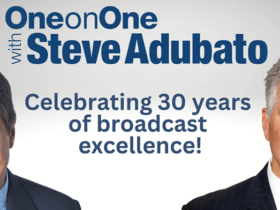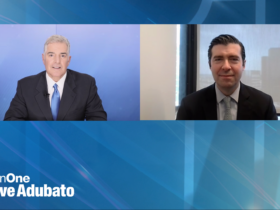The issue of eye contact can’t be overemphasized as a valuable and important communication and leadership tool because it is true that the eyes are the windows to the soul. They communicate something beyond and even deeper than words. That’s why you may not be anxious to do business with someone who can’t look you in the eye. And that’s why we can’t help making negative judgments about people who have shifty or beady eyes. That’s also why it’s so unnerving when someone “rolls” his or her eyes while we’re talking.
Eye communication is an integral part of the way we all talk to each other. When you decide to improve your communications skills, this is one factor of “speech” that should not be overlooked. It’s important to understand the powerful messages that eyes can communicate and how to effectively use your eyes to help emphasize and underline what you say or what you hear. Consider the following:
Be careful about what your eyes are saying. Simply put, the eyes often communicate emotions and hidden meaning. When we think our child or spouse has done something wrong but is denying it, for example, we often say, “Look me in the eye and tell me that.” When they cannot, we are convinced they are not being honest. In a similar way, the eyes can give away your feelings, particularly when communicating challenging information. They can show fear, happiness, boredom and uncertainty.
The eyes can easily “give you away.” If you lower your eyes and look down while talking, you may unknowingly communicate guilt or uncertainty. If you open your eyes wide and use a piercing stare, you may unintentionally show your anger. Yet, if your eyes are relaxed, open and friendly you may be saying to someone you are truly interested in them and what they have to say. To communicate effectively, you must consider what your eyes are doing almost as much as you consider your words.
Be aware of what someone else’s eyes are saying. We’ve seen the power of eye contact in action and instinctively know exactly what it means. The eyes can instantly communicate a desire to engage, threaten, challenge, or end a conversation. For example, imagine being in a meeting where you say something your boss did not expect or want you to say so he “shoots you a glance” that makes it crystal clear that you’d better shut up fast. If you miss that cue, you could make a bad situation worse. Conversely, at another meeting if you say something the boss is pleased with, her eyes will open up wide as a sign of approval. Combined with an acknowledging nod, you get the message that you’ve said something of value.
Practice effective eye contact to engage others. No doubt you’ve seen eye communication in action in many life situations. As you improve your skills as a communicator, it’s important to pay more attention to how you can consciously use your eyes to more effectively connect with the people you speak with. If you’ve never consciously practiced effective eye contact, it’s understandable that you may feel confused about how it works—you may even avoid it without being aware of how this negatively impacts your ability to communicate in a genuine and sincere manner. But remember, it’s never too late to learn how to use eye contact as a communication tool and to appreciate its benefits. Like I said, the eyes speak volumes.














